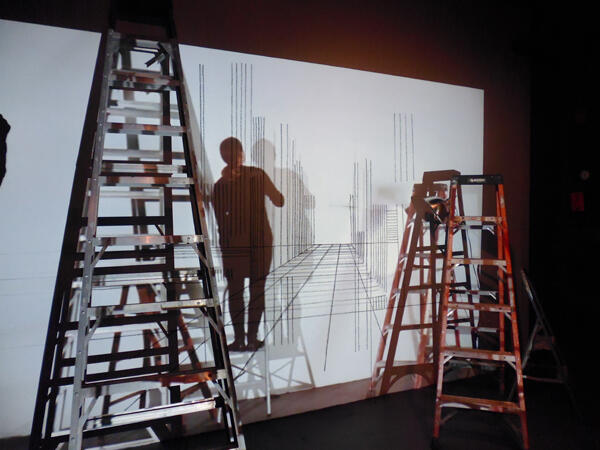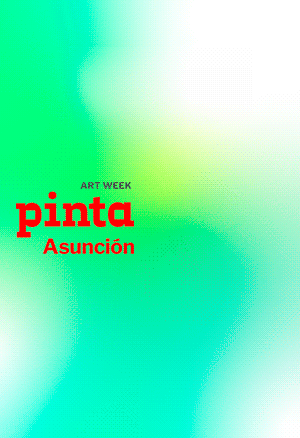Carola Bravo
The Screening Room, Miami
Carola Bravo’s video installations in “We Are Where We Are Not” bring to my mind a foundational moment in the history of this genre that did not take place in the field of art but in the field of literature. I am referring to La Invención de Morel (1940), the masterful narration in which Bioy Casares devises an image-projecting machine that perpetuates the presence of the body in space and materializes the notion of circular time, but at the expense of reducing to the utmost the line that separates reality from fiction.

Instead of the memory of having been at a given place, the possibility now arises for the existence of a form of appearance ̶ and apparition ̶ so perfect that it can take the place of the real, or that makes it possible to repeat the same actions over and over again without their being affected by the passage of time or by any given circumstances.
I cite from the text a fragment by Bioy which might well be the technical description of Carola’s work: “These walls (…) are projections of the machines. They coincide with the walls made by the masons (they are the same walls taken by the machines and then projected on themselves.) When I have broken or removed the first wall, the projected one remains. Since it is a projection, nothing can pierce or eliminate it.”
Bravo’s video-installations, based on the projection of her own body at the same scale and in the same actual space where she originally has herself filmed, give rise to an immersive experience based, in turn, on a dislocation of time, a superposition of moments that play with absence and presence, creating an interregnum between both instances. The artist prolongs the performance of a primordial gesture in exchange for her phantasmagorical presence taking the place of the real one.
The projection has a self-reflective, mirror-like dimension of the artistic deed that is executed endlessly, in a continuum of circular time built on the basis of the lines through which her body takes possession of the space, of the stairs – real or screened – that she uses interchangeably to reinforce the illusion of presence. The work implies a continual return to its own origin, and lends an appearance of perpetual reality to an artistic fantasy.
Marc Augé, the anthropologist who posited the controversial notion of the no-places, stated: “Some places exist only through the words that evoke them”. Bravo’s proposal is a permanent reification of space through the projection of the images that evoke it. Thus, the artist broadens the explorations of the possibility that spaces might retain a sort of memory of the actions that have taken place in them, constituting a kind of subjective architecture, that is to say, a way of thinking the constructions that contains the sum of the actions performed in an interior, as if it were a map of the place that is superimposed to it.
Not for nothing is another significant part of Carola’s oeuvre composed of the subjective maps superimposed on the walls or the floors of the exhibition space. It is up to the viewer to choose the way of entering a space where the frontiers between the body and its representation have been blurred, and where a dominion has been established in which the artistic deed pulls the space out of its habitual time and situates it in an eternity mode which, paradoxically, may only exist in that precise space marked by the creative deed. The place is no longer situated in a three-dimensional space but is rather at the intersection between this space and a form of materialization of memory.






